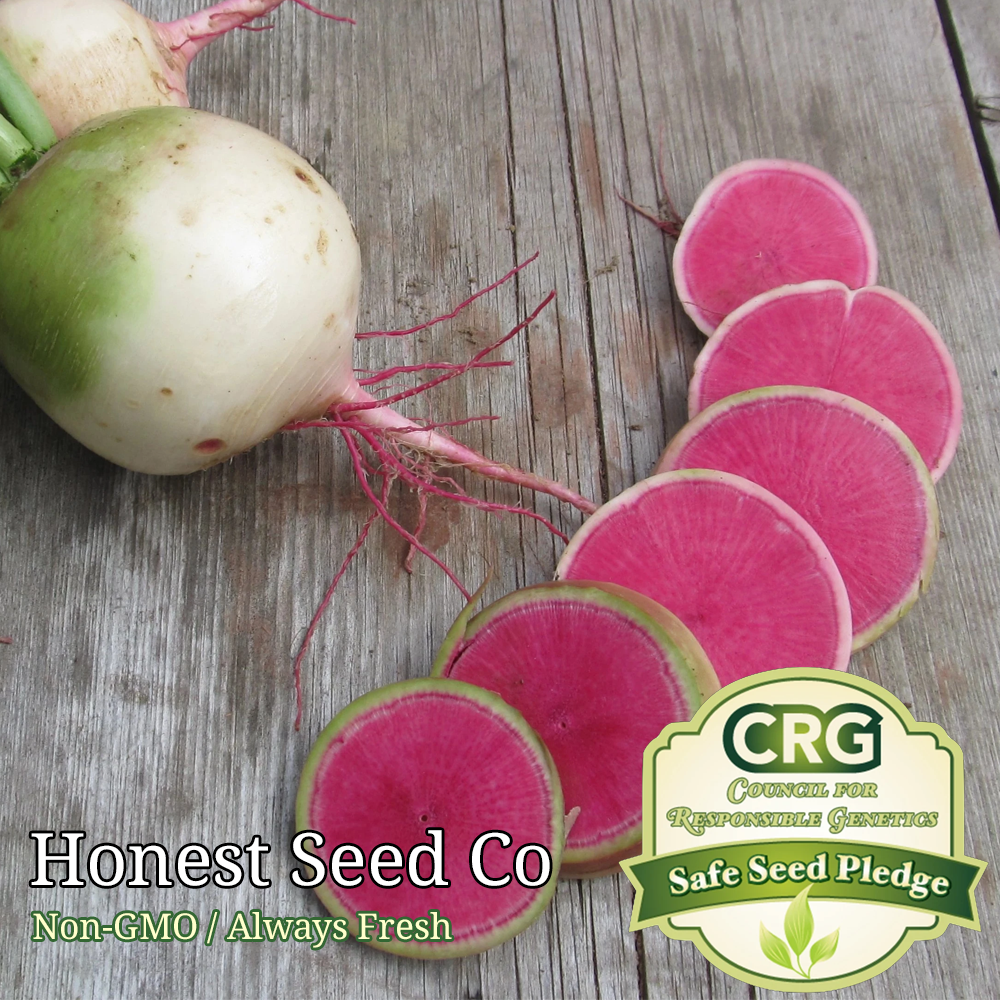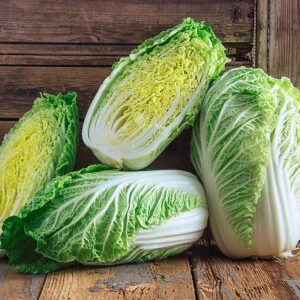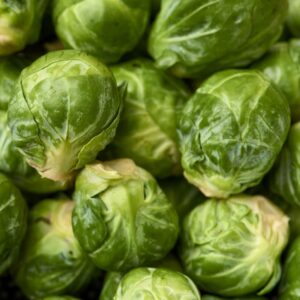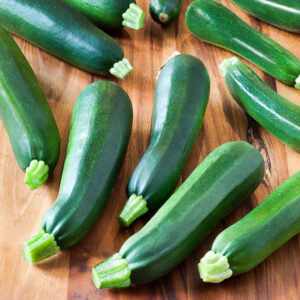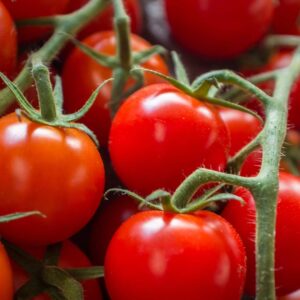Watermelon Radish Vegetable Garden Seeds
300+ Seeds
About Watermelon Radishes
Non-GMO Radish Vegetable Seeds, Heirloom. Watermelon Radish Seeds are native to China and a cousin to daikon radish. Winter radishes have a high amount of folate and have been used to provide nutrition during pregnancy. Rich in antioxidants, radishes are enjoyed fresh or cooked and are known for their anti-cancer properties. Watermelon Radishes develop a fuchsia interior— adding a vibrant color to dishes and making a perfect root vegetable for pickling!
Watermelon Radish Days to Maturity: 50-65, Biennial
Hardiness Zones: 3-9
Planting Depth: 1/2”
Plant Spacing: 1-3”
Row Spacing: 6-8”
Growth Habit: Upright
Soil Preference: Rich, moist and well-drained
Temp Preference: Cooler
Light Preference: Full sun
Pests/diseases: Cutworms, flea beetles and fungal disease
Color: Light-green exterior, fuchsia-colored interior with long stems
Flavor: Fresh with a balance between sweet and mild pepper
Watermelon Radish Growing Habits
Watermelon Radish (Raphanus sativus) grows larger than spring varieties and will take longer to fully mature. Annually harvested in fall, Watermelon Radish garden vegetables develop their roots into 3-4” wide bulbs in cooler temperatures. Although this radish is known to be one of the fastest in terms of growth, their flavor and size will increase if left to bulge above the soil and not picked too early. Late summer-sown radish can overwinter and will grow their light-green exterior with long edible leafy stems by next spring.
Various Uses for Watermelon Radish Vegetable Seed
Around 60-65 days from the sowing date, you can pick your radish plants by hand and gently shake off the soil. By 30 days, the edible stems and leaves of radish plants can be eaten by cooking them as you would collard greens. You can also blend them up to make a pesto or to add to your green drink. Fresh or cooked, winter radish crops are versatile and pair well with citrus. Pickled radishes are a flavorful and fun way to enjoy your harvested Watermelon Radish.
Benefits of Watermelon Radish Vegetable Seed
As a winter variety, Watermelon Radish grows best in regions where temperatures reach 60℉ and don’t exceed 75℉. This root veggie not only provides a sweet and peppery flavor to dishes, but radish plants also contain a high amount of isocyanate, which helps prevent pests and weeds from invading your garden. Watermelon Radish plants got their name due to their appearance and fuchsia-colored interior—adding a vibrant hue to your fall vegetable garden.
Watermelon Radish varieties come from their daikon cousin and have been referred to as “Red Meat” or “Beauty Heart” in the United States.

